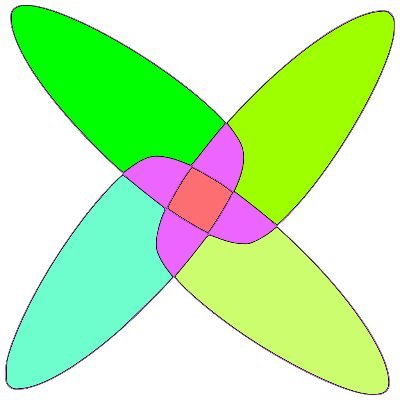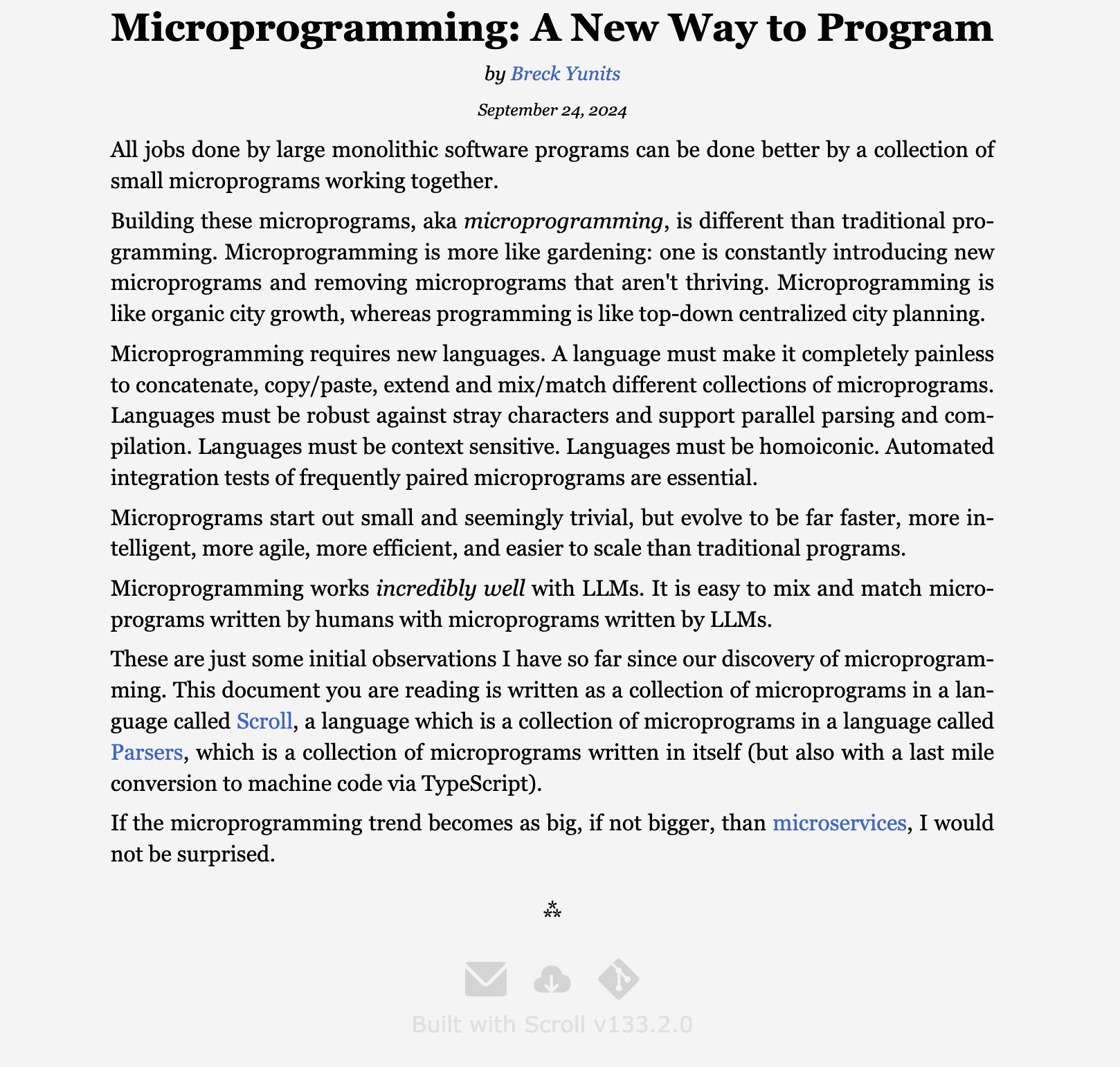
Pat'sBlog: Automorphic Numbers and some history notes
As far back as the Babylonians, and maybe much before, someone looked at the symbol for five, and the symbol for 25 and noticed that both ended with the same symbol for five. Even 5 x 25 ended in the symbol tor two x sixty and the same 5 symbol. In Roman numerals V times V = XXV, and V times XXV = CXXV. Even XXV times XXV , written as DCXXV repeats the original factor in its ending. 6^2 = 36 also appears easily in Roman numerals, VI x VI = XXXVI, and 76^2 as well.
It's hard to imagine that number crunchers like Diophantus didn't recognize some of these repetitive patterns, and if there is earlier mention, would one of those more knowledgeable historians give me a note.
For at least 200 years, the one digit autonomic numbers, 0, 1, 5, and 6 have been called circular numbers. The earliest mention of the term I can find is An Introduction to the knowledge and variety of Numbers, John Smith (Schoolmaster of Norwich), 1809. On page 104 he writes, " The numbers 5 and 6 are called circular numbers ; because , like the circle , terminating where it begins , these numbers , multiplied by themselves ever so often , always end in the same number : 5 by 5 make 25 , and that product multiplied by 5 makes 125, So 6 by 6 makes 36, and 6 times this product make 216, etc." This term and usage is still preserved in some recreational math books into the 21st Century.
The expanse of this idea to numbers that repeated the last two, or three, or more digits took on the term automorphic numbers, (formed on oneself). The first use of the term automorphic in mathematics, seems to be by Arthur Cayley in terms of functions, "... invariant with respect to a group of linear transformations of a certain kind leaving a certain function invariant. This meaning was superseded by Felix Klein's choice of "a function f(x) is automorphic with respect to a group G, then f(Tₙ(x)) = f(x) for every element Tₙ of G."









/cdn.vox-cdn.com/uploads/chorus_asset/file/25637540/mkbhd_panels_app.png)








